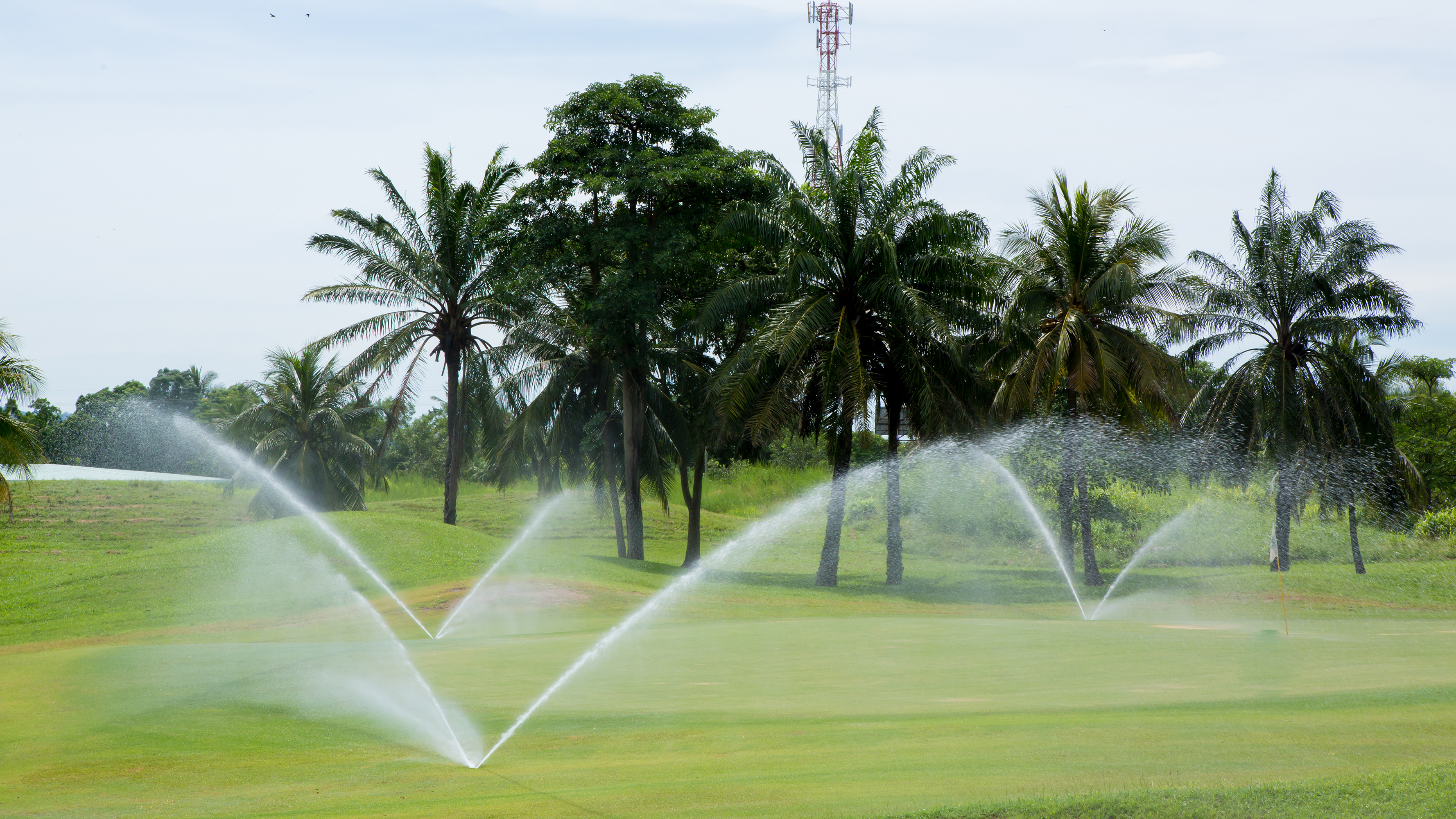Is there such a thing as drought-tolerant baseball, football, or golf? In California, maintaining healthy turf without wasting loads of water is a major challenge. Golf courses aren’t set to become giant sand traps, but players shouldn’t be surprised if those iconic lush fairways start to look a bit more brown.
David Wharton from the Los Angeles Times has the story:
That spot down the fairway, just past the dogleg, might be perfect for a new bunker. Jack Nicklaus imagines a hazard that would force golfers to choose.
Lay up short or try to hit over?
“Heaven forbid somebody would have to think,” Nicklaus says with a smile. “Especially a golfer.”
It is a cool Friday morning, and perhaps the greatest player ever is planning a massive renovation at Sherwood Country Club. Most of the notes he scribbles in a thick binder deal with reshaping greens and moving tees, but there is something else to consider: the drought.
In coming months, his design firm will oversee the installation of high-efficiency irrigation and add native plants to the Thousand Oaks course. Workers will strip away seven or more acres of turf in places where members rarely hit the ball.
“Water is a big issue right now,” Nicklaus says. “You have to be aware of what you’re doing.”
…
With residents and businesses forced to make deep and sometimes painful cuts, groundskeepers worry athletic fields will become public scapegoats.
“People drive by and see all that grass,” says Craig Kessler, director of governmental affairs for the Southern California Golf Assn. “They’re very visible in terms of water usage.”
Elsewhere across California, new high-tech underground sensors like those at Dodger Stadium measure moisture, temperature, and salinity to pinpoint exactly when sprinklers should stop running. Major universities like UCLA are also ripping out grass fields altogether in favor of synthetic turf. The state’s drought has already screwed over swimming — is sportsball next?




